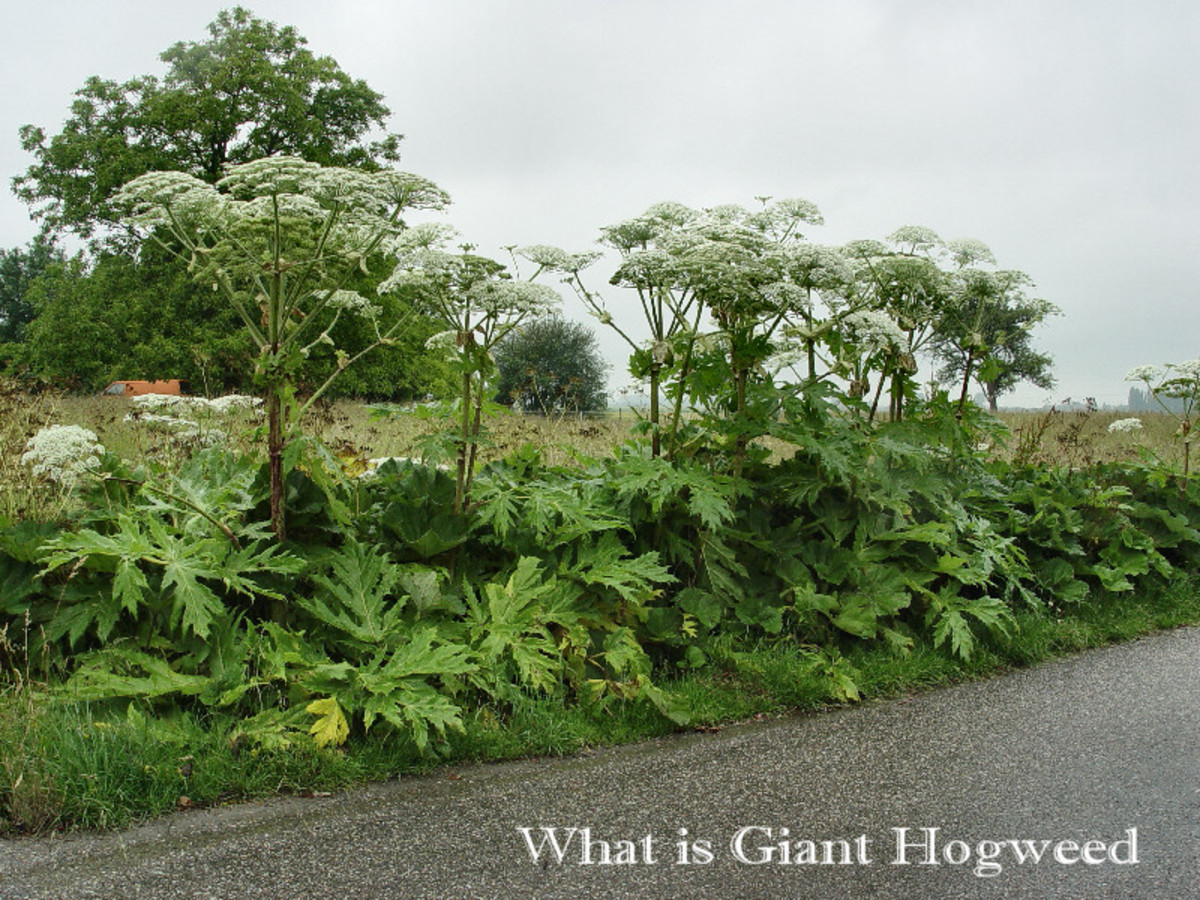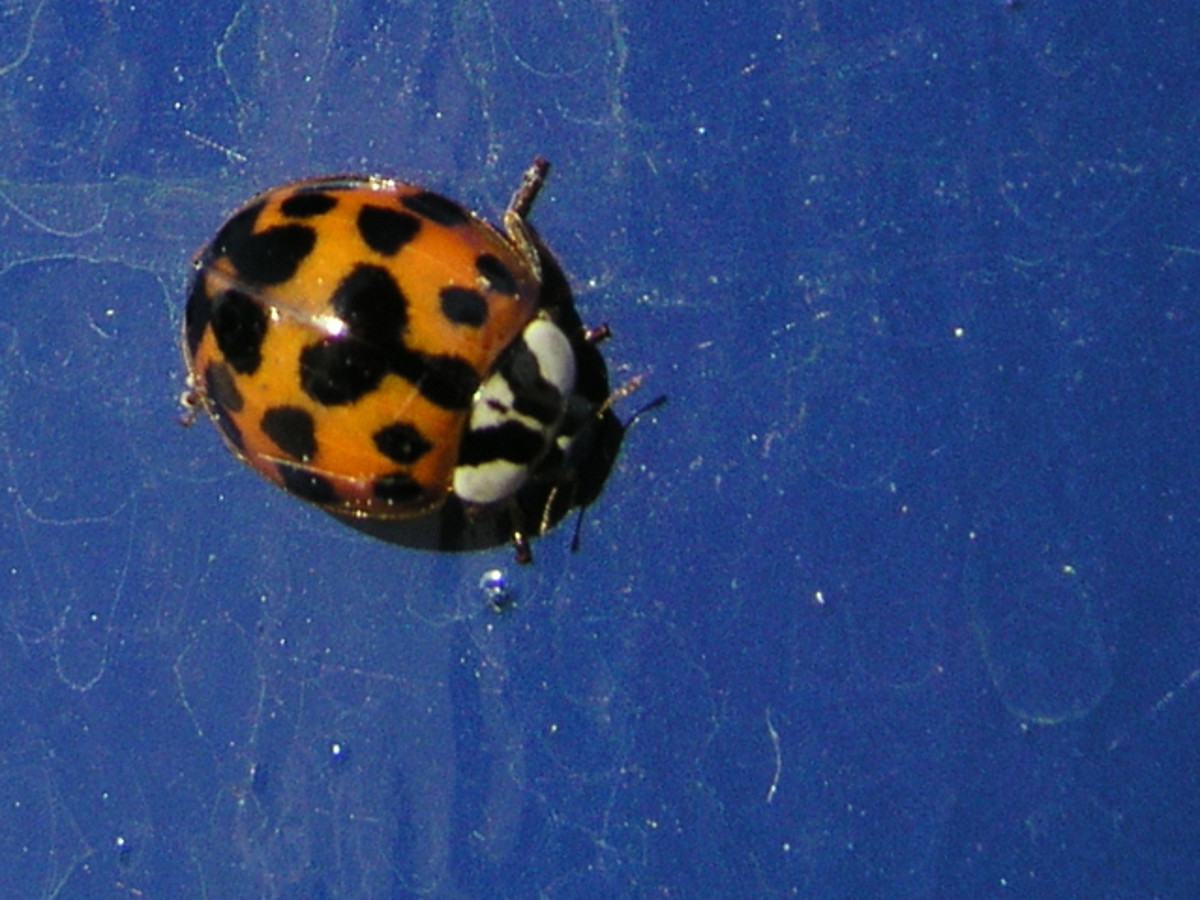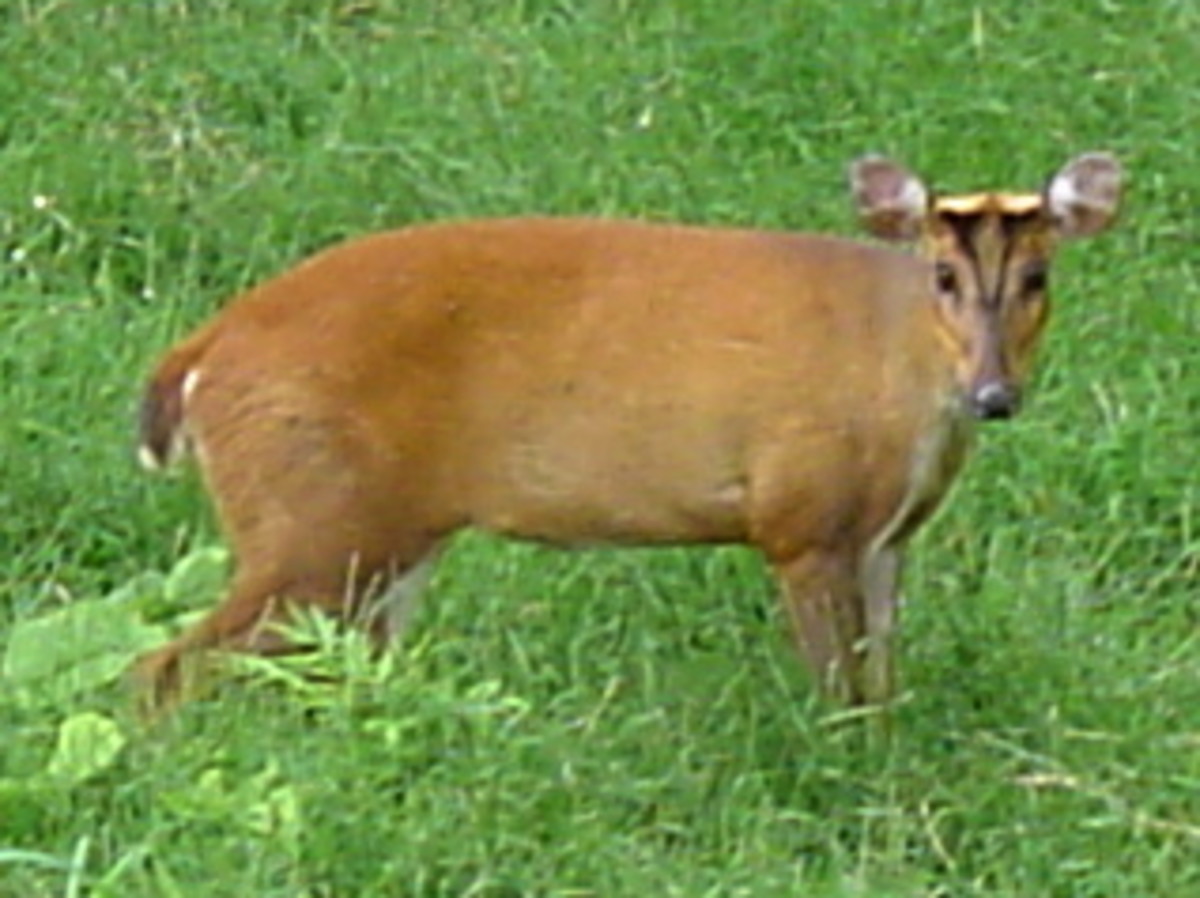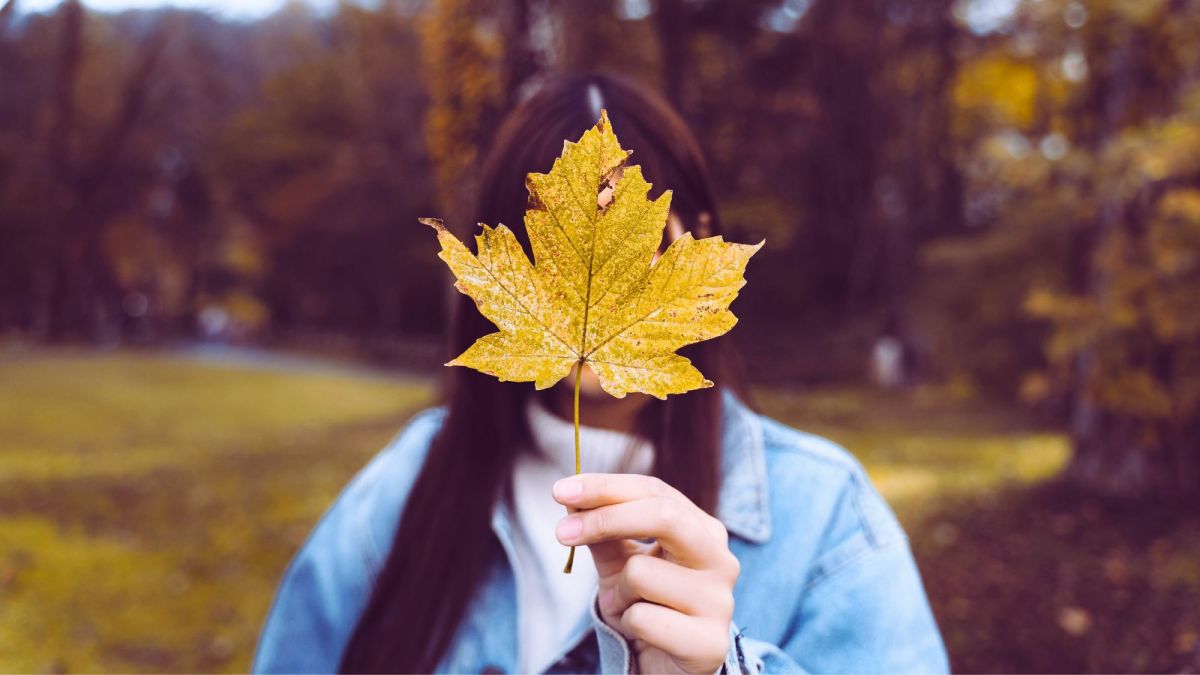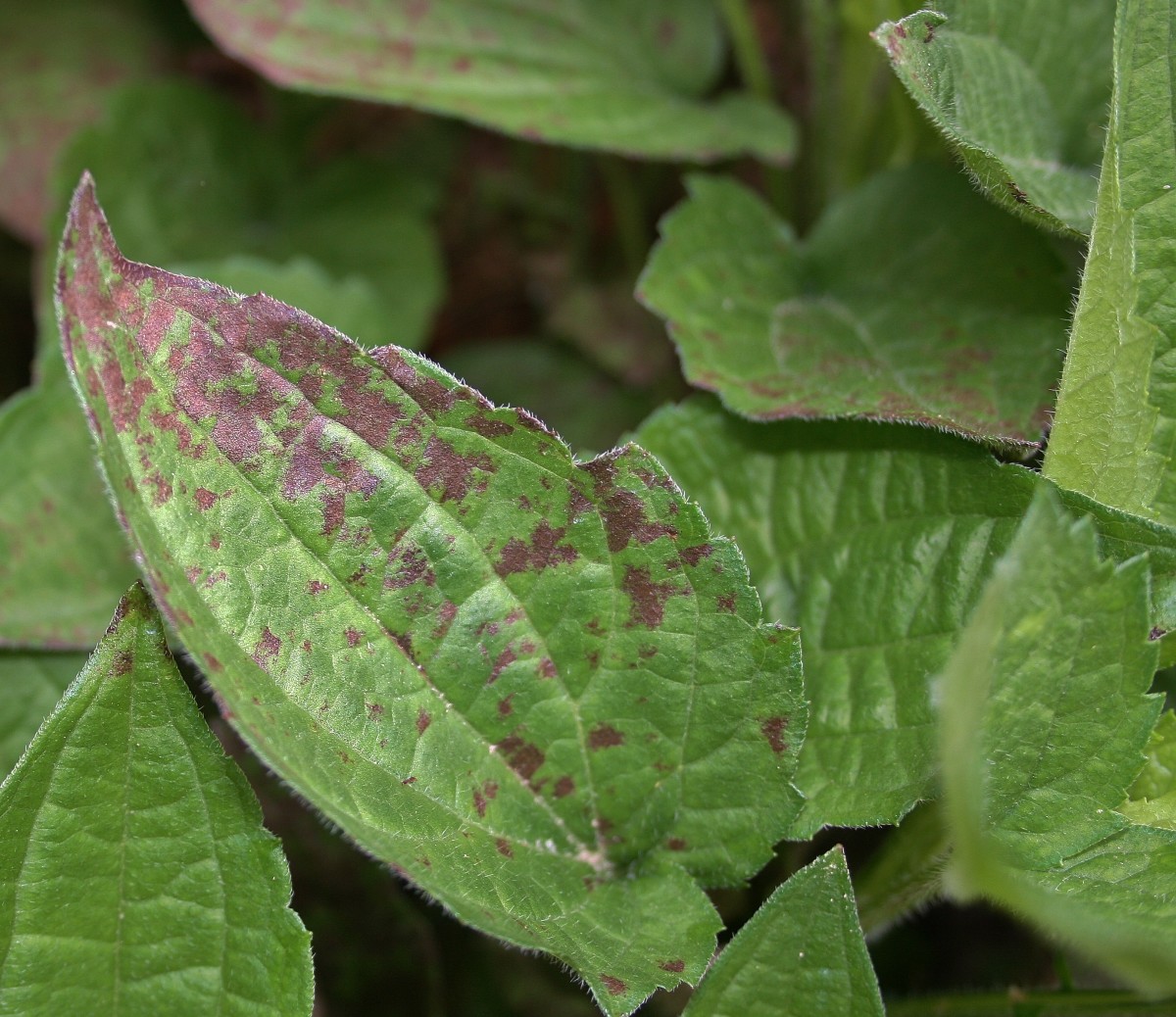What Did the Trees Know?
The 1950s Suburban Home
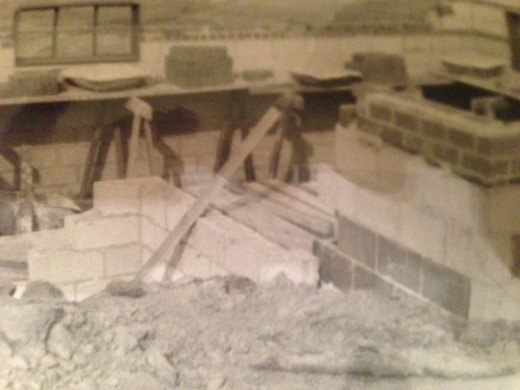
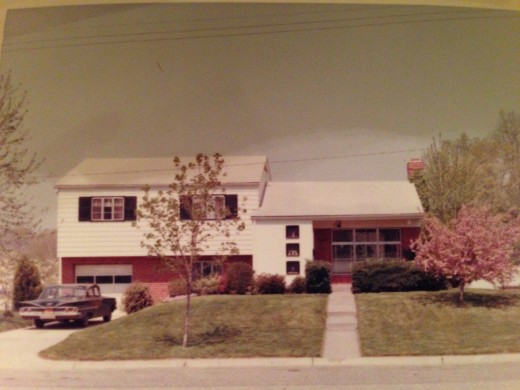
I grew up in a typical post World War II subdivision. The developer offered two floor plans and two types of cladding for the split level ranch style homes. The developer terraced the hilly terrain to create as many quarter-acre lots as possible. Bulldozers eliminated all existing trees. The county planted a tree on the frontage it claimed. Each front yard had a crabapple tree and a red maple tree; a Russian olive bush and other evergreens dotted the front of the house, and the back yard seeded with grass.
The five of us moved into this neighborhood full of promise. The longer we lived there, the more the landscaping reflected what happened inside the house. What did the trees know?
Fighting - Erosion and the Berlin Crisis
The first addition was an impulsive reaction to a problem - erosion of the small backyard into the layer of homes below. Without discussion, my father brought home two four-foot silver maple saplings, planted them at the edge of the back yard, then returned to work. My mother dutifully watered and fertilized them, and they grew. Around that time, my father announced that he wanted to extend his World War II and Korean War service by joining the US response to the Berlin Crisis. That patriotic urge would have left my mother with three very young children to raise and no transportation. The arguments rendered me unwilling to eat solid food for two years before I entered kindergarten.
Years later, the silver maples succeeded in reducing the erosion of the hillside, but their surface roots threatened the foundation of the house as surely as the Berlin Air Lift arguments threatened the foundation of the family. Seventeen year locusts loved the thin bark of those trees and their carcasses littered the yard. What did those silver maples know?
Invasive Species
To lock in the hillside, my father planted clumps of English Ivy. Like the Russian Olive bush near the garage, English Ivy is an invasive species similar to the suburban sprawl characteristic of this subdivision.
Welcome Shade and Storms
A sassafras tree cast welcome shade over much of the back yard until wind gusts of a summer thunderstorm ripped away several large branches and part of its trunk. My father cut down the rest, and I loved the root beer aroma that remained. Sassafras roots contain a carcinogen. The English Ivy spread underneath the sassafras but could not prevent several miniature sassafras trees from growing. Much like our family - we continued to grow, and potential figurative and literal cancers were difficult to see. What did that sassafras know?
A willow tree provided additional shade until its roots spread like those of the silver maples and threatened the foundation of the house. No trace of it was allowed to stay.
Even the Fruit Trees
We planted an apple, a peach and a plum tree. Each bore fruit then suffered painful ends. The apples became lumpy from apple maggot. We let them fall, making use of the lawn mower difficult. The peach tree tore apart in one windstorm, and the plum tree, overburdened with a fattening bumper crop, split in two. None were replaced.
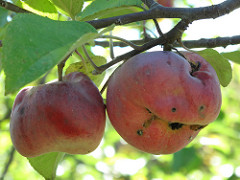
Change and Tenacity
The red and white dogwoods fared better; like the crabapple tree, their spring flowers brightened the atmosphere for short periods each year. The crabapple tree roots sent suckers poking through its part of the front yard each spring, further challenging all who tried to maintain that lawn. Did those trees know the depression and arguments, ultimately the insanity and the tenacity, of the residents within the house?
Only the red maple tree remains, silent witness to the home’s current residents. Even the county’s tree is gone. My siblings and I went separate ways, had unique careers and families, and moved many times since. We adapted, we persevered, we survived. Today I’m surrounded by healthy second-growth forest, mature hardwoods and lush landscaping, and I wonder - what did the trees of my childhood know?

